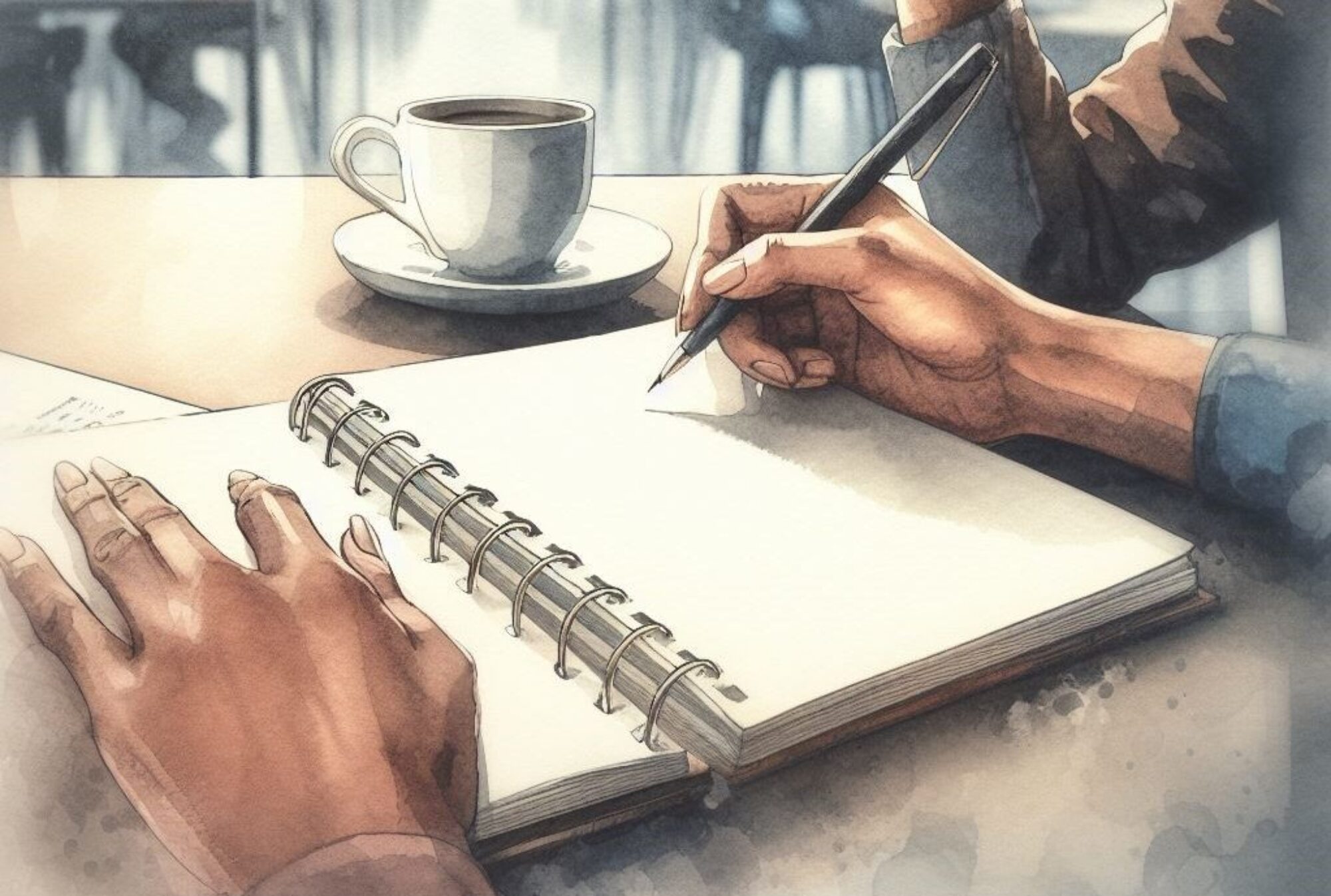By Carol H Cox

Recently, my husband and I cleaned out a walk-in storage closet in our home. This is a closet that had been created when we remodeled our house about 20 years ago, upsizing to fit our growing family. We have been filling this closet with books, papers, electronic paraphernalia, bags and backpacks, office supplies, documents, records, CDs, DVDs, and so forth for the past two decades.
All manner of things went into this closet over time, but rarely did anything come out. So we were faced with a monstrous cleaning project. We took all the boxes, bags, and piles of stuff out of the closet and lined them up along the hallway. This overwhelming task of sorting through everything, deciding what to keep, and disposing of items took us three weeks.
Lots of things went straight to the dump, some to charitable organizations, and occasional valuable objects we took to a consignment store or listed on eBay. The things we sold paid mere pennies on the dollar compared with what we had paid for them.
This three-week exercise in letting go was painful. It reinforced my sense of the huge amount of stuff we have accumulated in our lives, much of which we probably wouldn’t have bought in the first place if we’d really paused and thought about it beforehand.
There’s something to be said for being mindful of how we spend money.
I realized that, in the future, I need to pause more often before hitting the buy button or handing over my credit card. I need to consider whether that potential purchase would really be beneficial in the long run, to consult my inner wisdom, as it were.
Looking at the piles of stuff that came out of that closet, I imagined how much money all those goods represented. If I could have exchanged them back for their original purchase price it would have come to a nice sum. To be fair, some items had been used quite a bit but no longer served a purpose, like winter jackets our kids had outgrown. Not everything was a waste, but enough of it had been to make me stop and think: We could have saved a lot of money by being more mindful about our purchases.
For example, there was a digital camera that were now getting rid of. It had been sitting in the closet for maybe 10 years, untouched. There had been a momentary pleasure in buying the camera and imagining what great photos would follow. But in reality, very few pictures had actually been taken with it (we’d mostly used our cell phones). And I asked myself if that had been worth the $250 we paid for it? At a wage of, say, $25 per hour, that represented ten hours of work before taxes, and after taxes it would probably be more like 15 hours of wages.
When you think in terms of how much time it took to make the money to buy an item, you could say that it’s easier to make money by not spending so much in the first place. Less is more.
But our society is built on the premise that more spending is good. The more consumers spend, the better for the economy–right? (We’ve all heard this phrase, or something similar, in the news) It’s an endless cycle—businesses make more stuff, and consumers buy more stuff.
But don’t we have a choice?
We don’t have to follow this script. We can reserve our spending for things that are of more lasting value and importance to us. We can stop being led around by businesses promoting the latest gadget, apparel style, subscription service, cell phone, or other trending consumer good or service.
It’s no secret that if we use our money more carefully, we won’t need as much of it. But I, for one, need a reminder from time to time.
That closet was mine.
This spring-cleaning exercise reminded me that we usually have enough money to do the things we need to do if we stop spending on the things we don’t.
And it also taught me that I really really don’t want to clean that closet out again…
